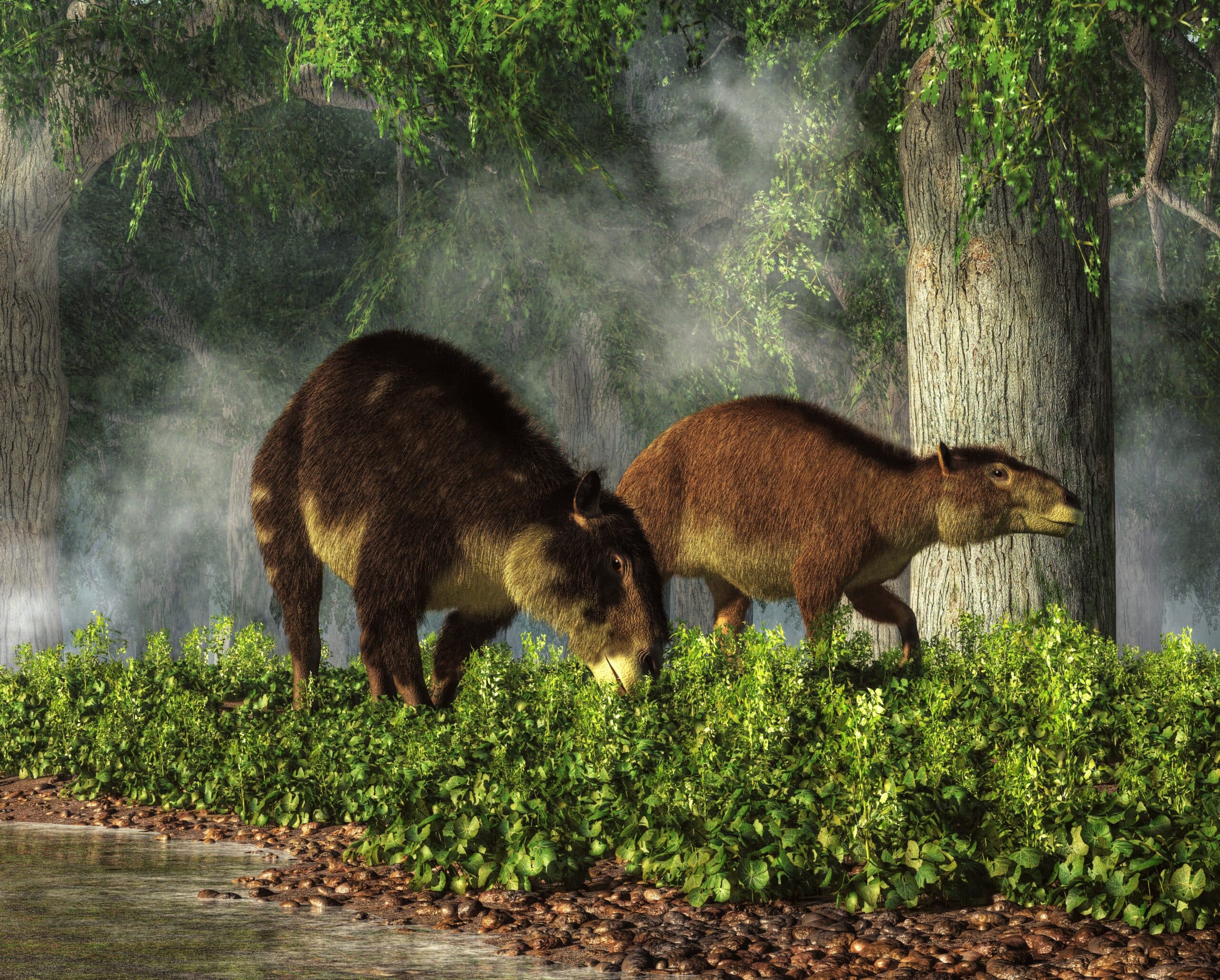
Ancient mammals bulked up to deal with drastic changes
New research suggests that in order to survive, prehistoric mammals bulked up physically – rather than developing their brains – after dinosaurs became extinct.
66 million years ago, a catastrophic asteroid impacted the earth and ended the reign of dinosaurs. The 10-million-year period after this event is called the Paleocene. During this time, mammals increased their body size to adapt to the drastic changes on Earth.
The evolution of modern-day mammals is well known in the scientific community. Until now, it has been unclear how they developed in the first million years following the mass extinction.
A team from the University of Edinburgh performed CT scans on newly discovered fossils from the Paleocene. The scans revealed that mammals’ brains decreased while their body size increased at a much faster rate.
The experts also found that animals relied heavily on their sense of smell because other senses were less developed, including vision. In order to survive in the new world, these findings suggest it was more important to be big than intelligent.
Around 10 million years later, modern mammal groups such as primates developed bigger brains, complex senses and motor skills. This would have improved their survival chances at a time when competition for resources was extreme.
“Large brains are expensive to maintain and, if not necessary to acquire resources, would have probably been detrimental for the survival of early placental mammals in the chaos and upheaval after the asteroid impact,” said lead researcher Dr Ornella Bertrand.
Mammals today are highly intelligent. This can lead us to assume that brains helped our ancestors outlast the dinosaurs and survive extinction – but this research argues, that isn’t the case.
“The mammals that usurped the dinosaurs were fairly dim-witted, and only millions of years later did many types of mammals develop bigger brains as they were competing with each other to form new ecosystems,” said study senior author Professor Steve Brusatte.
The badlands of New Mexico are frequently visited by scientists as one of the few places where skeletons of the mammals that lived immediately after the mass extinction of dinosaurs can be found.
“Collecting and CT scanning many of the beautiful fossil skulls has led to this new understanding of what these bizarre animals were like and the evolution of the mammalian brain,” said Dr. Thomas Williamson, Curator of Palaeontology at the New Mexico Museum of Natural History and Science.
—
By Katherine Bucko, Earth.com Staff Writer












